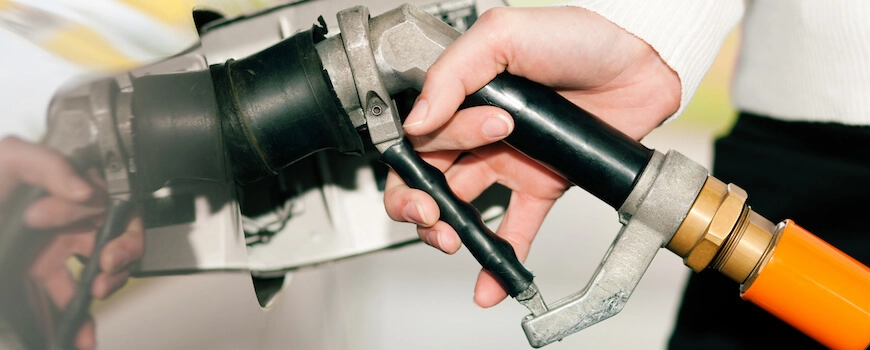
It is not an easy task to do. Fossil fuels have to be available all over the world, and sometimes establishing pipelines is not an option. In these cases, producers have to ship their products in a liquefied state. We have already written about LNG (liquefied natural gas), which is transported by cargo ships throughout the oceans to reach its final destination.
Now it’s time to investigate the liquefied petroleum gas, called LPG. What chemicals are in LPG? How do they make LPG? Is LPG gas propane or butane? How do we use LPG?
LPG definition and meaning
Liquefied petroleum gas is a non-renewable resource made of different hydrocarbon compounds, mostly propane and butane, that are odorless and colorless gases at room temperature. Therefore, LPG would be odorless too, if manufacturers did not add that unpleasant odor we know. It is because of safety reasons: LPG is not toxic but inhaling it in large quantities can cause faint.
LPG is highly flammable.

LPG composition
LPG is a clean source of energy and is mostly obtained from natural gas and oil production. It is a side-product of the mining process.
Its chemical composition:
- Propane / C3H8 (43%)
- Butane / C4H10 (~55%)
- Pentane (2%)
- Methane (<1%)
- Ethane (<1%)
Stored in a liquefied state, 1 liter of LPG is as efficient as 270 liters of gaseous energy (natural gas).
LPG industry
Of course, in normal conditions, LPG is gaseous too. With cooling and pressure, producers are forcing the material to change its state to liquid. Storing and transporting with care is essential.
LPG fuel and energy
Liquefied petroleum gas can be used in many different ways. It is used by companies, it is used by households. Transportation, heating and cooking, power plants are the main users of LPG, but even the commercial industry and healthcare find its ways to make use of LPG.
Fueling with LPG
Diesel, CNG, LPG – all different kinds of fuel. Fueling with gases is not that popular, but most gas-fueled cars use LPG as an energy source.
Why use LPG? Because it’s much cheaper than petrol or diesel. Even though the LPG consumption is bigger than petrol consumption (the difference is 10-20%), filling up your car with LPG could save costs. We recommend it to people who drive on a daily basis or make great distances.
Mostly, cars have to be modified in order to use LPG. It is common among companies to modify their cars to run with liquefied petroleum gas. Private people are used to buying cars that are made to run with LPG.
LPG is a cleaner energy source than petrol: its CO2 emission rate is 10% lower. However, it is a bit more polluting than diesel (1-2%) or CNG (5%).
With liquefied petroleum gas, a car can travel almost three times the distance compared to cars that use natural gas as fuel.
Conclusion: What is LPG?
LPG is becoming more and more popular among car users. LPG gas stations are evolving: recently very few LPG gas stations were available to fill up a car’s tank.
The most common users of LPG are companies, in order to cut the refill costs.
